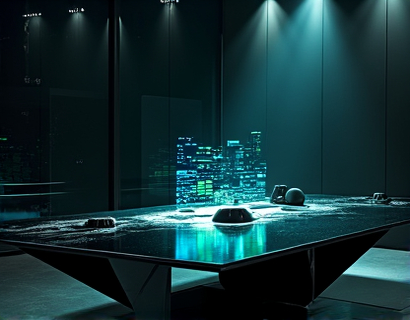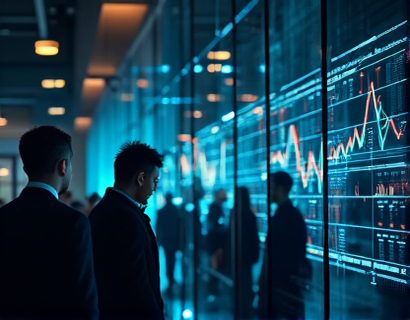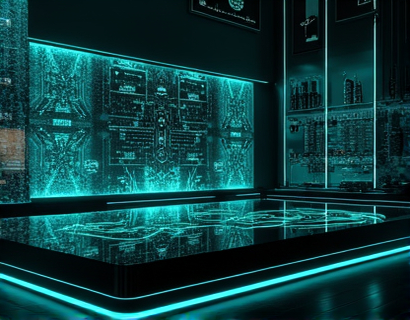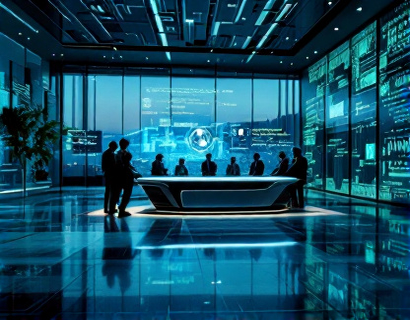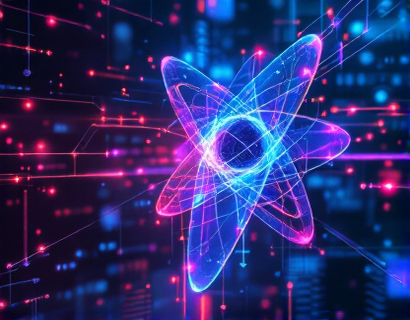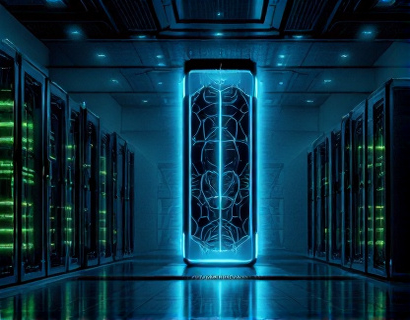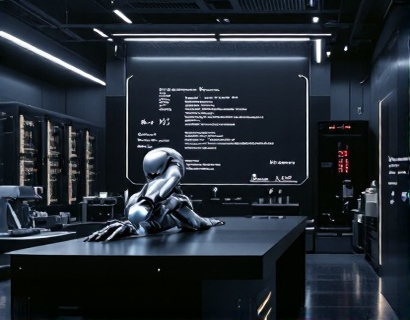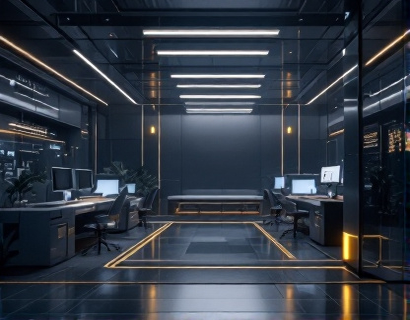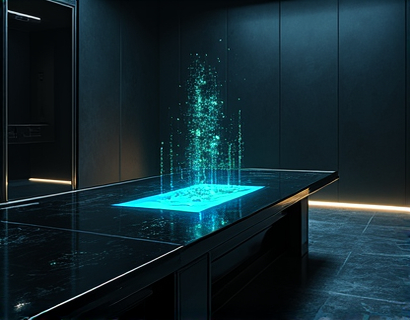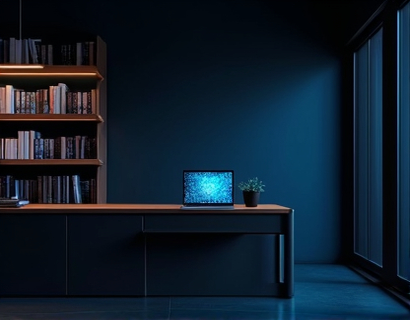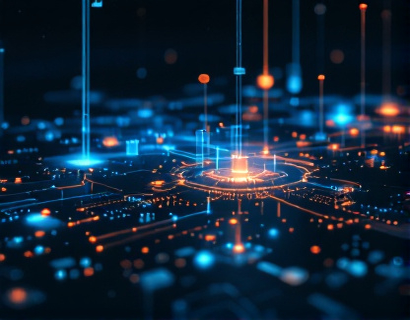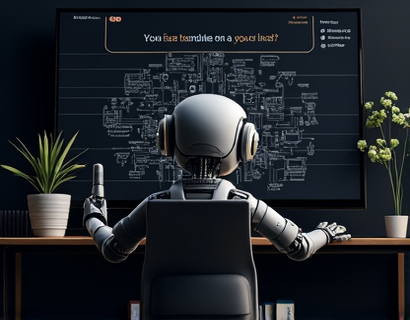Optimize Event Audio-Visual Control with Cutting-Edge Lighting and Sound Hardware Solutions
In the world of event management, the audio-visual (AV) experience can make or break an event. Whether it’s a corporate conference, a wedding, or a large-scale concert, the integration of lighting and sound systems plays a crucial role in creating an immersive atmosphere. To maximize your event's audio-visual impact, it is essential to utilize advanced hardware management software that streamlines and enhances control over these systems. This article explores the importance of optimizing event audio-visual control, the benefits of cutting-edge lighting and sound hardware solutions, and how to ensure seamless integration for optimal performance.
The Importance of Audio-Visual Control in Events
Audio-visual control is vital for several reasons. First and foremost, it ensures that the audience receives a consistent and high-quality experience. Poor sound quality or inadequate lighting can distract attendees and detract from the overall message of the event. Additionally, effective AV control allows for dynamic presentations, engaging performances, and memorable experiences that resonate with the audience long after the event concludes.
Moreover, the ability to control audio and visual elements in real-time is essential for event planners and production managers. Events often involve multiple speakers, performers, and presentations, each requiring specific audio and lighting setups. Having a reliable system in place to manage these elements can significantly reduce stress and enhance the overall flow of the event.
Cutting-Edge Lighting Solutions
Lighting is one of the most critical components of any event. It sets the mood, highlights key areas, and can even influence the audience's emotions. To achieve the desired effect, event planners must invest in cutting-edge lighting solutions that offer flexibility, control, and creativity.
Types of Lighting Solutions
- LED Lighting: LED lights are energy-efficient, long-lasting, and versatile. They can be used for various applications, from stage lighting to ambient lighting, and can easily be programmed to change colors and intensity.
- Intelligent Lighting: Intelligent lighting systems allow for automated control of lights, enabling dynamic changes throughout the event. These systems can be programmed to sync with music or presentations, creating a cohesive experience.
- Spotlights and Wash Lights: Spotlights are essential for highlighting speakers or performers, while wash lights provide general illumination. Both types of lighting can be controlled to create dramatic effects and enhance visibility.
Benefits of Advanced Lighting Solutions
Advanced lighting solutions offer numerous benefits for event planners. They provide greater control over the visual aspects of an event, allowing for quick adjustments based on the needs of the moment. Additionally, modern lighting systems can be integrated with other AV components, ensuring a seamless experience for both the audience and the production team.
Innovative Sound Hardware Solutions
Just as lighting is crucial for visual impact, sound quality is essential for delivering clear and engaging audio. Innovative sound hardware solutions can significantly enhance the audio experience at any event.
Types of Sound Hardware
- Speakers: High-quality speakers are vital for delivering clear sound to the audience. Options include line array systems for large venues and portable speakers for smaller events.
- Microphones: The choice of microphones can greatly affect sound quality. Wireless microphones offer flexibility, while handheld and lapel mics provide options for different speaking styles.
- Mixing Consoles: Mixing consoles allow sound engineers to control audio levels, effects, and routing. Advanced digital mixing consoles offer intuitive interfaces and powerful processing capabilities.
Benefits of Advanced Sound Solutions
Investing in advanced sound hardware solutions ensures that every word spoken and every note played is heard clearly. These systems can be tailored to the specific needs of the event, providing optimal sound coverage and minimizing feedback issues. Furthermore, modern sound systems can be integrated with lighting solutions, allowing for synchronized audio-visual experiences that captivate audiences.
Streamlining Control with Hardware Management Software
To fully optimize audio-visual control, event planners and production managers must utilize hardware management software designed specifically for lighting and sound systems. This software streamlines the management of AV equipment, ensuring seamless integration and optimal performance.
Key Features of Hardware Management Software
- User-Friendly Interface: A well-designed interface allows users to easily navigate and control various aspects of the AV system, reducing the learning curve for new users.
- Real-Time Monitoring: Real-time monitoring capabilities enable users to track the performance of lighting and sound systems, allowing for quick adjustments as needed.
- Integration Capabilities: The ability to integrate with other AV components ensures that all systems work together harmoniously, enhancing the overall experience.
- Customizable Settings: Users can create and save custom settings for different events, making it easy to switch between configurations based on specific requirements.
Benefits of Using Hardware Management Software
Utilizing hardware management software provides numerous advantages for event planners. It simplifies the control of complex AV systems, allowing for more efficient event execution. Additionally, the ability to monitor and adjust systems in real-time enhances reliability, ensuring that any issues can be addressed promptly. This level of control ultimately leads to a more polished and professional event experience.
Ensuring Seamless Integration of AV Systems
For optimal performance, it is essential to ensure seamless integration of lighting and sound systems. This involves careful planning and coordination between different components of the AV setup.
Planning for Integration
Before the event, it is crucial to assess the venue and determine the best placement for lighting and sound equipment. This includes considering factors such as acoustics, sightlines, and power sources. Additionally, event planners should work closely with AV technicians to develop a comprehensive plan that outlines how different systems will interact during the event.
Testing and Troubleshooting
Prior to the event, thorough testing of all AV systems is essential. This includes checking audio levels, lighting effects, and integration between different components. Any potential issues should be identified and resolved before the event begins to ensure a smooth experience for both the audience and the production team.
Maximizing Reliability and Ease of Use
Reliability and ease of use are paramount when it comes to audio-visual control. Event planners must ensure that all equipment is in good working order and that users are familiar with the systems in place.
Regular Maintenance and Updates
Regular maintenance of lighting and sound equipment is essential for ensuring reliability. This includes routine checks, cleaning, and updates to software and firmware. By keeping equipment in optimal condition, event planners can minimize the risk of technical issues during events.
Training and Support
Providing training for users of the AV systems is crucial for maximizing ease of use. This can include hands-on training sessions, instructional materials, and access to technical support during events. Ensuring that users are comfortable with the equipment will lead to a more efficient and effective event execution.
Conclusion
Optimizing event audio-visual control with cutting-edge lighting and sound hardware solutions is essential for creating memorable experiences. By investing in advanced hardware management software, event planners can streamline and enhance control over AV systems, ensuring seamless integration and optimal performance. The combination of innovative lighting and sound solutions, along with effective management practices, empowers event professionals to deliver unparalleled reliability and ease of use. As technology continues to evolve, staying informed about the latest advancements in event technology will be key to maximizing the audio-visual impact of any event.



